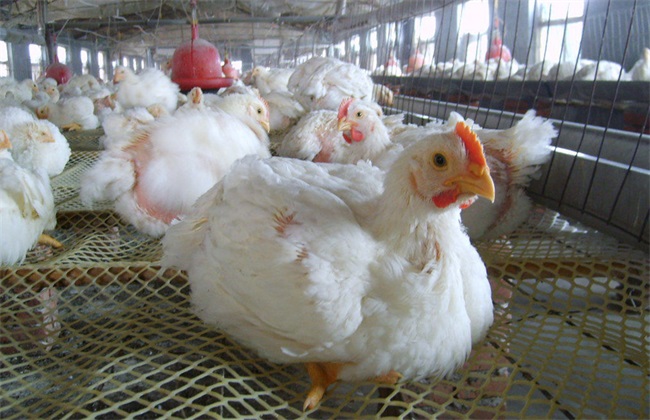Technology of feeding pigs with distiller's grains
The wine trough, also known as the red trough, is the residue of food crops such as rice, wheat and sorghum after making wine. Because rice and wheat can be used as feed for pigs, these residues are processed and fermented into feed for raising pigs. The content of crude protein can reach nearly 25%. It is very good for raising pigs, so how to use the wine trough to raise pigs? The following editor will give you a brief introduction, let's have a look!

1. Do not feed alone
The content of nitrogen-free extract in the wine trough is relatively small, so the quality of crude protein is far lower than that of normal feed. There is also a lack of carotene, vitamin D, calcium and other nutrients. Therefore, when we use the wine trough to feed, we should properly match corn, bean cakes and other feed. Supplement appropriate amount of calcium to increase the proportion of green feeding. Increase the growth nutrition of pigs to avoid constipation and other adverse phenomena.
2. Not suitable for direct feeding
Before feeding in the wine trough, heat it and vaporize the alcohol properly. If the wine trough is acidified, then add an appropriate amount of lime to neutralize the acidity and alkalinity. If it has become moldy and deteriorated, it should be dealt with in time and cannot be fed any more. Then pay attention to the amount of feeding, the amount of fresh trough feeding should be kept at about 25%, and if it is dry, it will be reduced to about 10%.
3. Feeding frequency
In the wine trough feeding, we can not feed every day, we must pay attention to the feeding frequency. First of all, we can feed it continuously for about 10 days, and then we can feed it at intervals of about 7 days. If it is fed for a long time, it can easily lead to chronic poisoning in pigs. However, when we feed, we should give priority to rotational feeding. That is, when this column of pigs is being fed, the pigs in the other column should be stopped from feeding for a week or so.
4. Reasonable storage
If the trough is not finished feeding, then we should add the right amount of rice bran according to the water content of the trough and put it in the cellar for storage. Or you can pour the wine trough with high water content into the container, let the residue precipitate, then remove the clear water, and then put it into the new tank. After repeated many times, when the sediment gradually forms a paste, it can be used to feed pigs for a long time. However, in the last precipitation, we should pay attention to the upper layer with a certain amount of stagnant water to avoid air entry and prevent the wine trough from deteriorating.
5. Points for attention
We should adjust the feeding method and feeding amount reasonably according to the growth stage of pigs. If it is a rack pig, then the feed quantity can be kept at about 30% of the daily diet. Fattening pigs and piglets should be reduced to about 15%. For pregnant and lactating sows, it will be reduced by about 5%. If fed too much, it can easily lead to abortion and other phenomena in sows. The growth physique of the piglets is also very poor, and it is not suitable to feed the boars before semen collection, so as to avoid reducing the sperm quality and fertilization rate.
The above is a brief introduction to the technology of feeding pigs in a wine trough. In fact, what we said above is also what we need to pay attention to when we feed pigs in a wine trough. feeding pigs in a wine trough has both good and bad. if handled properly, the advantages outweigh the disadvantages. on the contrary, the harm is also quite great, so we must pay more attention to it. That's all for today's introduction. This article is for reference only. I hope it can help you all.
Related
- On the eggshell is a badge full of pride. British Poultry Egg Market and Consumer observation
- British study: 72% of Britons are willing to buy native eggs raised by insects
- Guidelines for friendly egg production revised the increase of space in chicken sheds can not be forced to change feathers and lay eggs.
- Risk of delay in customs clearance Australia suspends lobster exports to China
- Pig semen-the Vector of virus Transmission (4)
- Pig semen-the Vector of virus Transmission (3)
- Five common causes of difficult control of classical swine fever in clinic and their countermeasures
- Foot-and-mouth disease is the most effective way to prevent it!
- PED is the number one killer of piglets and has to be guarded against in autumn and winter.
- What is "yellow fat pig"? Have you ever heard the pig collector talk about "yellow fat pig"?



